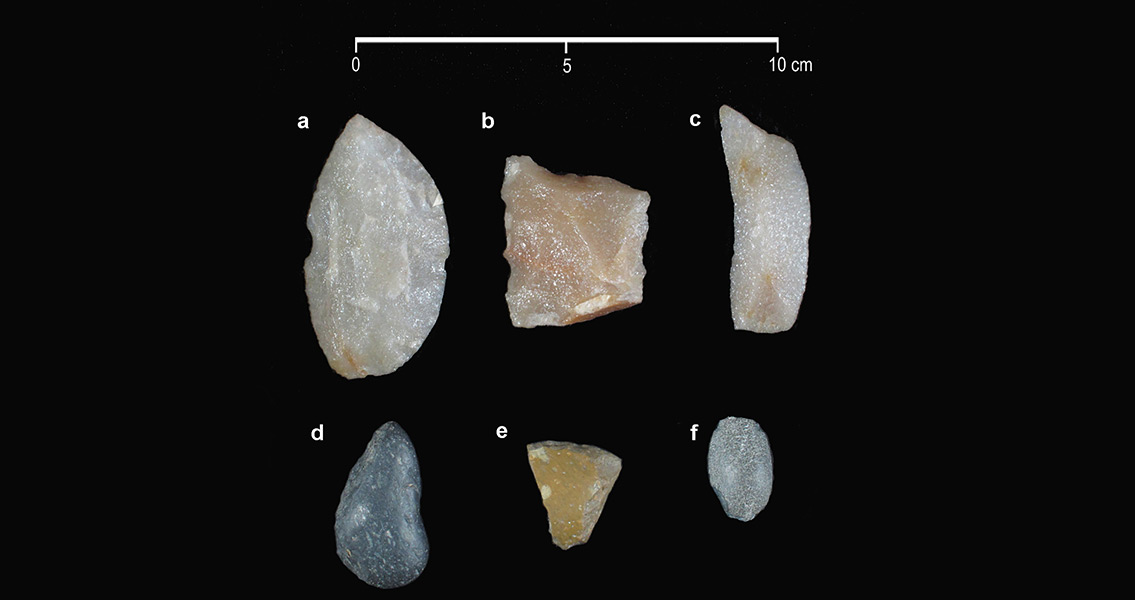<![CDATA[A new study indicates the Southern Cone: the southern tip of South America, may have been occupied by humans 14,000 years ago. Using radiocarbon dating techniques and microscopic analysis, researchers have examined mammal bones excavated at the archeological site Arroyo Seco 2 in Argentina. Gustavo Politis, from the National Scientific and Technical Research Council (CONICET), along with a team of researchers, excavated ancient tools and numerous limb bones from a number of extinct mammal species. Microscopic examination revealed that some of the broken bones contained fractures which were likely caused by stone tools, indicating humans may have deposited and transported the animal carcasses to be consumed at a temporary camp. CONICET is the main organization in charge of the promotion of Science and Technology in Argentina The material remains unearthed at the site have been dated from 14,064 to 13,068 years ago, leading the study’s authors to hypothesize the Arroyo Seco 2 site could have been inhabited by humans at that time. This timeline, as well as evidence found at other South American sites, suggests that humans might have reached the Southern Cone earlier than the arrival of the Clovis people, but after the beginning of the Last Glacial Maximum, the last glacial period which occurred 19,000-20,000 years ago. Although the characteristics of some of the archaeological materials discovered at Arroyo Seco 2 can be explained without introducing human intervention, the combination of all the evidence strongly supports the idea of a human presence. The arrival of humans to the Southern Cone approximately 14,000 years ago could represent the last step in the spread of Homo sapiens across the world and the final colonization of a continent. The Southern Cone is a geographic region composed of the southern regions of South America, around and south of the Tropic of Capricorn. In terms of political and social geography, the Southern Cone is comprised of Chile, Argentina, Southern Brazil, Uruguay, and sometimes Paraguay. Archaeology enthusiasts discovered the Arroyo Seco 1 site in 1972, followed by the discovery of the second site, Arroyo Seco 2, the next year. Excavations there have yielded even greater results than at the first site. Arroyo Seco 2 is an open pit, located on a hill between a small pond and Arroyo Seco 1. Pleistocene mammals, human remains, and an abundance of stone tools have been found within the same geological stratum. Previously, 46 human skeletons ranging in age from 8500 to 4500 years old were discovered at the site. The remains included individual and multiple burials as well as child burials, some of which were found with grave goods that included necklaces, mineral pigments, ornaments and fox teeth. The earliest part of the site is characterized by unifacial instruments like retouched flakes. Faunal findings are composed of an abundance of guanaco remains, a camelid native to South America, suggesting they were a main food source; as well as the pampas deer, the extinct Hippidion onohippidium (American horse) and Megatherium americanum (giant sloth). In later strata, lithic artifacts such as hunting utensils, grinding elements and pottery shards have been found. The study has been published in PLOS ONE, an open-access journal. ]]>
The Last Continent Colonized by Homo Sapiens
